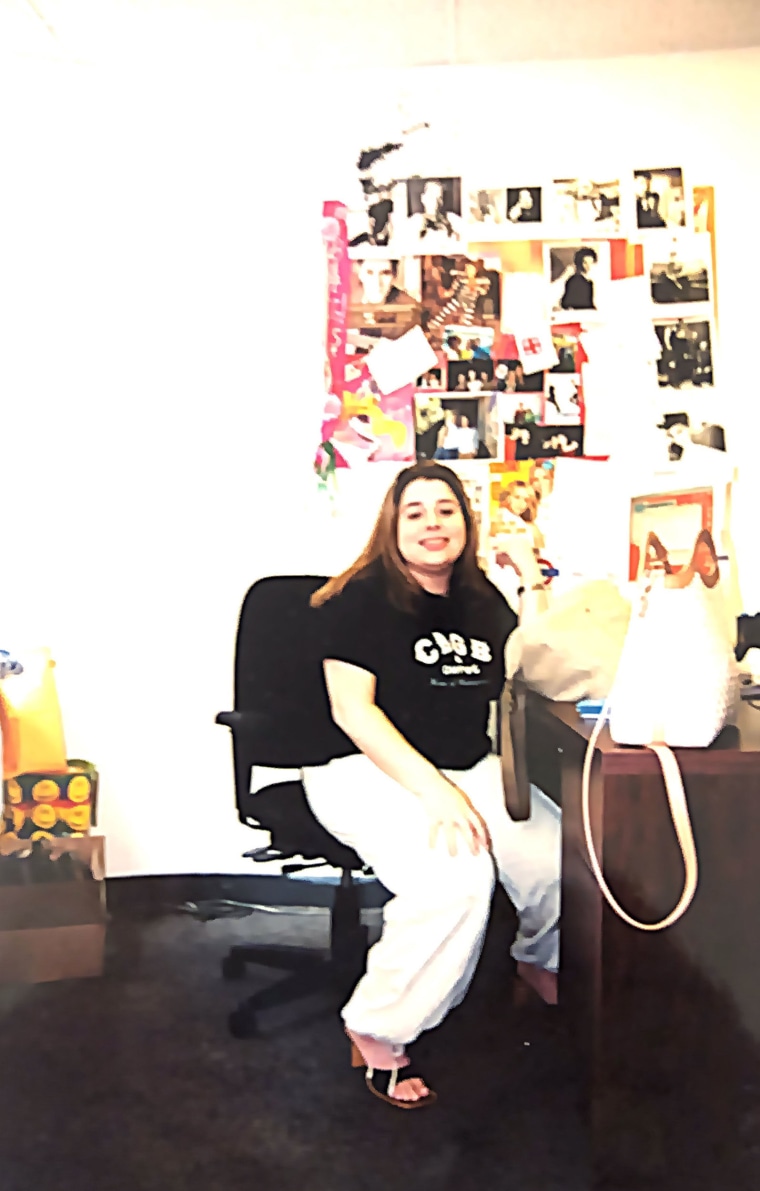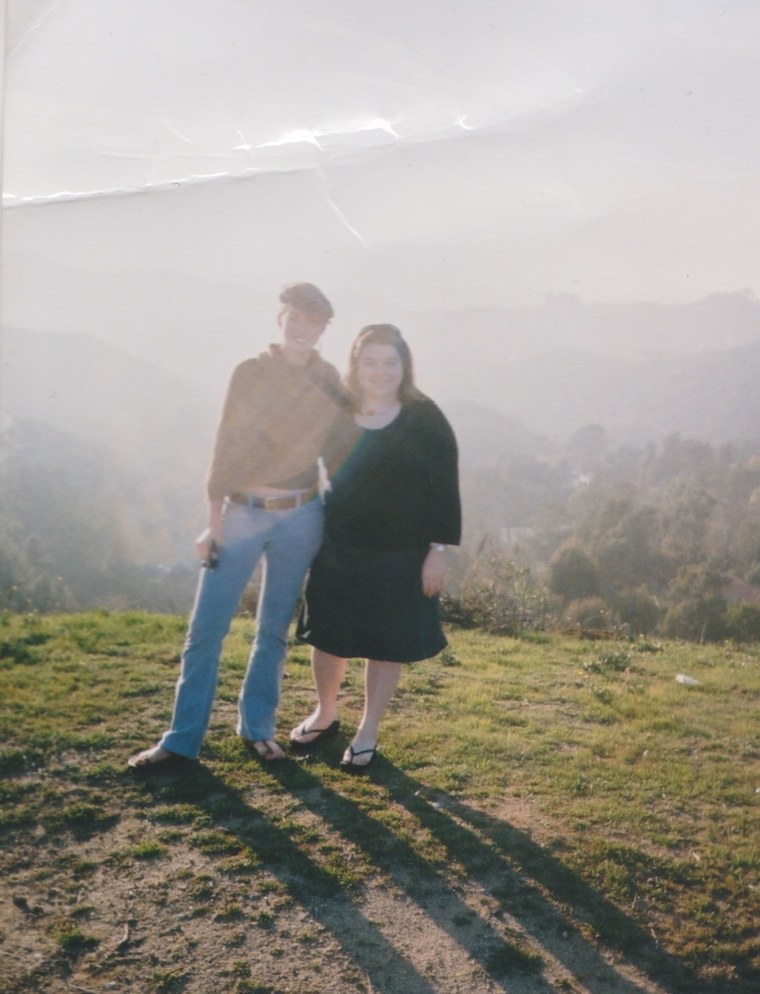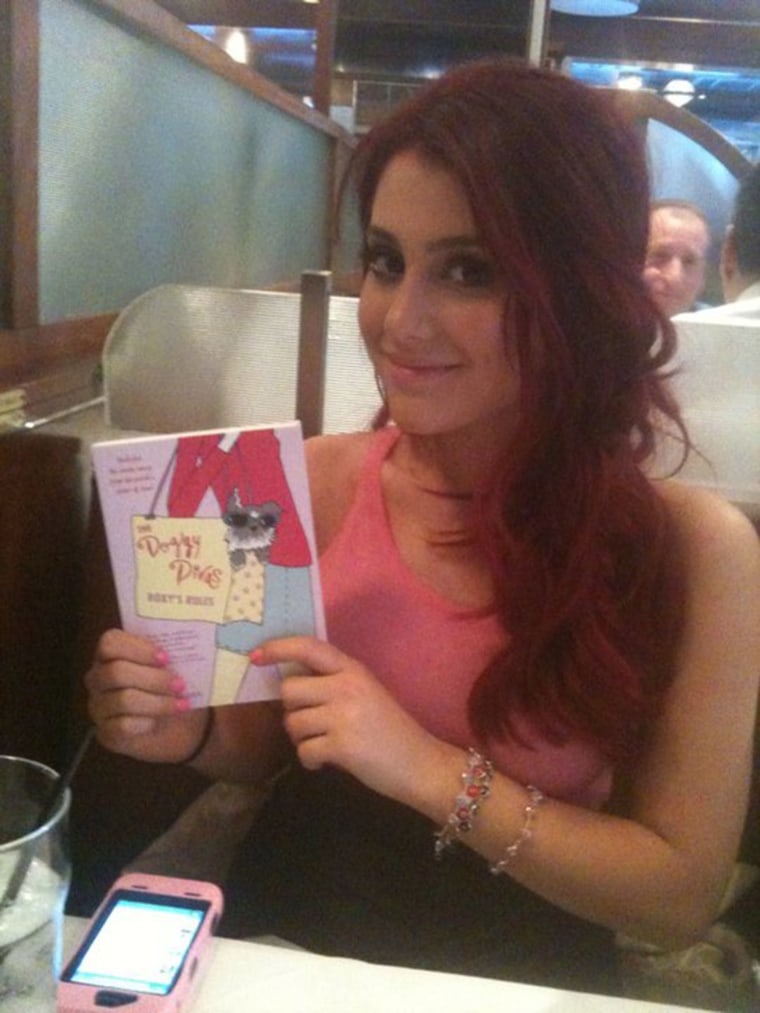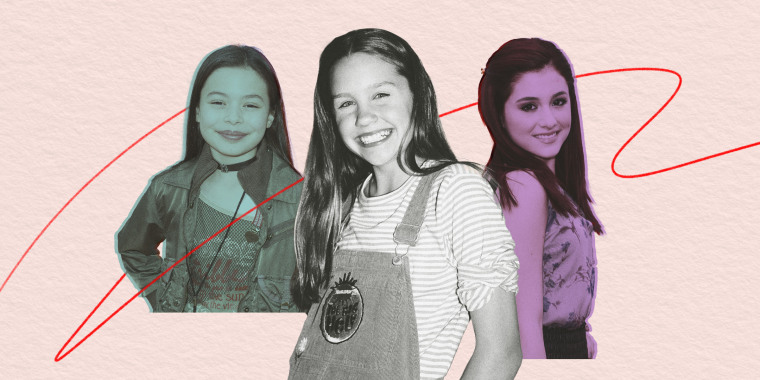A pit in my stomach grew while watching the documentary “Quiet on Set: The Dark Side of Kids TV.” With each bombshell about the toxic and dangerous culture on the sets of iconic kids TV shows (mainly on Nickelodeon) during the late ‘90s and early ‘00s, that pit morphed into guilt. I felt sick that I didn’t pick up on the abuse, sexism and racism that actors say was happening on those sets.
No, I didn’t work for Dan Schneider, the creator in the hot seat, responsible for making shows such as “All That,” “iCarly” and “Victorious,” and discovering talent like Amanda Bynes, Miranda Cosgrove and Ariana Grande. But I did have unique relationships with many stars of that era. I knew how desperately they wanted to launch their careers, be taken seriously and continue to nab roles past puberty. I know that they struggled with being a role model versus sharing their truth. I know that they worked tireless hours and were subject to intense scrutiny and competition. I know they wanted to grow a fan base, be recognized in public and appear inside (and on the cover of) magazines but still have a private life and the grace to make mistakes. I know this because as the entertainment editor at CosmoGIRL! Magazine in the early aughts, many of the struggles, frustrations and secrets revealed in “Quiet on Set” happened right in front of me. I just didn’t see it — or maybe I didn’t want to see it.

By no means do I believe any of my fellow editors at the big teen publications of the early aughts — CosmoGIRL!, Teen People, Seventeen, YM, ElleGirl and Teen Vogue — covered up for any of the horrific allegations made in “Quiet on Set.” As teen magazine editors, we met these kids when they were on their very best behavior, putting on their shiniest smiles and presenting their wittiest and most charming selves. It was commonplace for young, up-and-coming stars to stop by teen magazine offices — usually with their publicist and parents trailing behind — to meet (and impress) the editors. I have fond memories of those visits. I met many young celebrities before fame, paparazzi and the pressure got to them. I spent two days with a young Anne Hathaway, fresh off the success of “The Princess Diaries,” to interview her for her first CosmoGIRL! cover. I interviewed Ariana Grande, Lindsay Lohan, the Olsen twins, Hilary Duff, Lance Bass and more. It seemed to me that the young celebs of that time were still confident that following their dreams at such a young age was their destiny and a feature in the pages of a glossy magazine would reinforce they’d “made it.”

CosmoGIRL! launched as the “little sister” of Cosmopolitan, yet we branded ourselves as our readers’ “big sister.” Cosmopolitan would guide them through their first jobs or adult relationships. CosmoGIRL! led our tween/teen readers through the challenges of growing up, encouraging them to dream big and embrace their quirks. Our editor-in-chief posted awkward photos from her high school days, and we wanted the celebs that we featured to bring that same energy, sharing stories of being an underdog, overcoming self-doubt and going from “ugly duckling” to swan. As a late bloomer who was more focused on writing in my journal and plotting a writing career in New York City than figuring out boys and makeup, having “big sister and confidant” as part of my job description was something I took very seriously. Or at least I tried to.
One of the very first stars that I hosted at CosmoGIRL! for a meet-and-greet was a 14-year-old Amanda Bynes. It was 2000, and though “The Amanda Show” was a hit, it seemed to me that Bynes was trying to find her place in Hollywood. Arriving with both her parents, she was lovely, engaged and had a real ability to connect. For every question I asked her, she had three questions for me about my life and how I broke into magazines. She had a quick wit and bottomless stories about meeting big celebrities at the Kids' Choice Awards, embarrassing moments on set and future plans that included college. She hugged me tight before leaving, profusely thanking me for such a fun meeting, and said she felt like we’d known each other forever. I can’t claim to know what Bynes was thinking, but as an editor pulling double duty as a “big sister,” I think about that meeting in a new light today. Should I have been asking different questions?

But the early aughts were as complicated as they were (seemingly) innocent. For teen magazines, it was easy to package Britney Spears as a virginal pop star and deem Nickelodeon a safe haven for budding young actors. There was nothing to dispute it. We were the gateway and most official access fans had to their favorite stars. There was no Instagram or going live on TikTok. There weren’t live streams or “Ask Me Anythings” (AMAs). Today, social media makes — and breaks — stars in real time, serving as a news source and makeshift paparazzi. It’s where conspiracy theories gain steam and armchair investigative journalists hone their skills. It’s where apologies are issued, relationships are launched and hearts are shattered. It’s where trends are born, and culture is canceled. But in the early aughts? A singular issue of a teen magazine was the only way to determine what was out and what (or who) was in. You chose prom/date night/school looks by poring over the carefully curated fashion pages. Mad at your mom? Confused why you didn’t have a date? Feeling bad about your body? Wondering why your best friend ditched you? Your favorite teen magazine always had the answers. Just rip out the page and paste it on your mirror for instant inspiration and advice.
It was standard at CosmoGIRL! for us to have young stars open up and give advice to readers about body image, self-doubt or relationship woes. It made for great cover lines and bragging rights that inside our pages, your new favorite star could help you sort out your growing pains because they were “just like you.” Except, most moved out of their parents’ house years before they were ready and the only school they attended was led by a tutor in a makeshift classroom (usually a trailer) on set. They giggled at the idea of a first date or kiss, yet we encouraged them to give powerful advice on relationships. No one was forcing these young stars to be in magazines, yet it was an unspoken expectation of their job — and I can see now, another layer of pressure to keep that job. In the early aughts, nabbing teen magazine coverage was the equivalent to reaching millions of social media followers.
I once went to lunch with an up-and-coming starlet who took two bites of her salad before unscrewing the bottle of salt on the table and dumping the contents all over her uneaten lettuce. She then poured an entire glass of ice water into the breadbasket to avoid temptation — for her and everyone else at the table. It made for an awkward transition to then ask her questions about body positivity and self-esteem. I’m sure she was under immense pressure and felt her job was on the line if she could not fit into the same sizes as her naturally petite co-stars. There was certainly a lack of sensitivity they were experiencing on set. I wish now that I did not take that star’s word for it when she assured me that she was OK and loved “pigging out” on her days off.
‘Quiet on Set’ made me realize that editors like myself held a lot of power that we didn’t exert. It was an unspoken expectation that teen magazine editors would promote squeaky-clean images and gatekeep any scandalous behavior.
If “Quiet on Set” taught me anything, it’s that many of these young stars were not being heard. They did not feel like their mental health and well-being were a concern. I can’t speak for all young celebs of that time, but it seems to me that many were living their childhoods in a bubble where they were voiceless and powerless, and that they couldn’t speak up if they wanted to keep their job. No one told teen magazine editors this “rule,” but we complied. When concerns arose that a star was struggling with mental health or body image issues, we took their word for it if they assured us they were “fine.” Why would we push them to tell us things were far from fine when their shiny, happy version of the truth still sold magazines? If I could answer today, I would say because we owed these kids more than just a glossy, watered-down feature and another “notch” on their resume.
I’m proud of a lot of my work as a teen magazine editor. We helped readers build their self-confidence, make peace with their bodies, embrace their sexuality and love their flaws. However, “Quiet on Set” made me realize that editors like myself held a lot of power that we didn’t exert. It was an unspoken expectation that teen magazine editors would promote squeaky-clean images and gatekeep any scandalous behavior. I worry teen magazines did the young stars of the early aughts a disservice by pushing them to be role models. Did we enable them to stuff down the demons instead of setting them free? They say you should write what you know and looking back, I wish I’d listened to what my gut ultimately knew to be true.
